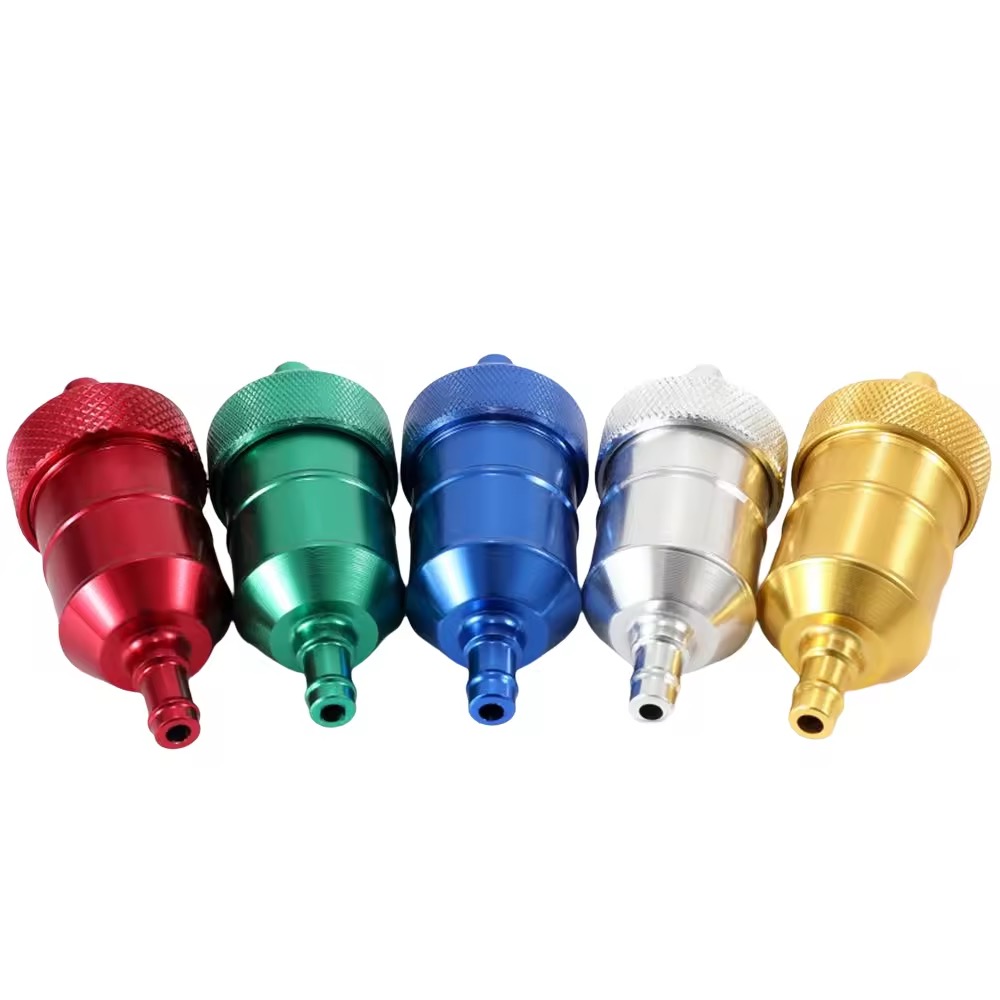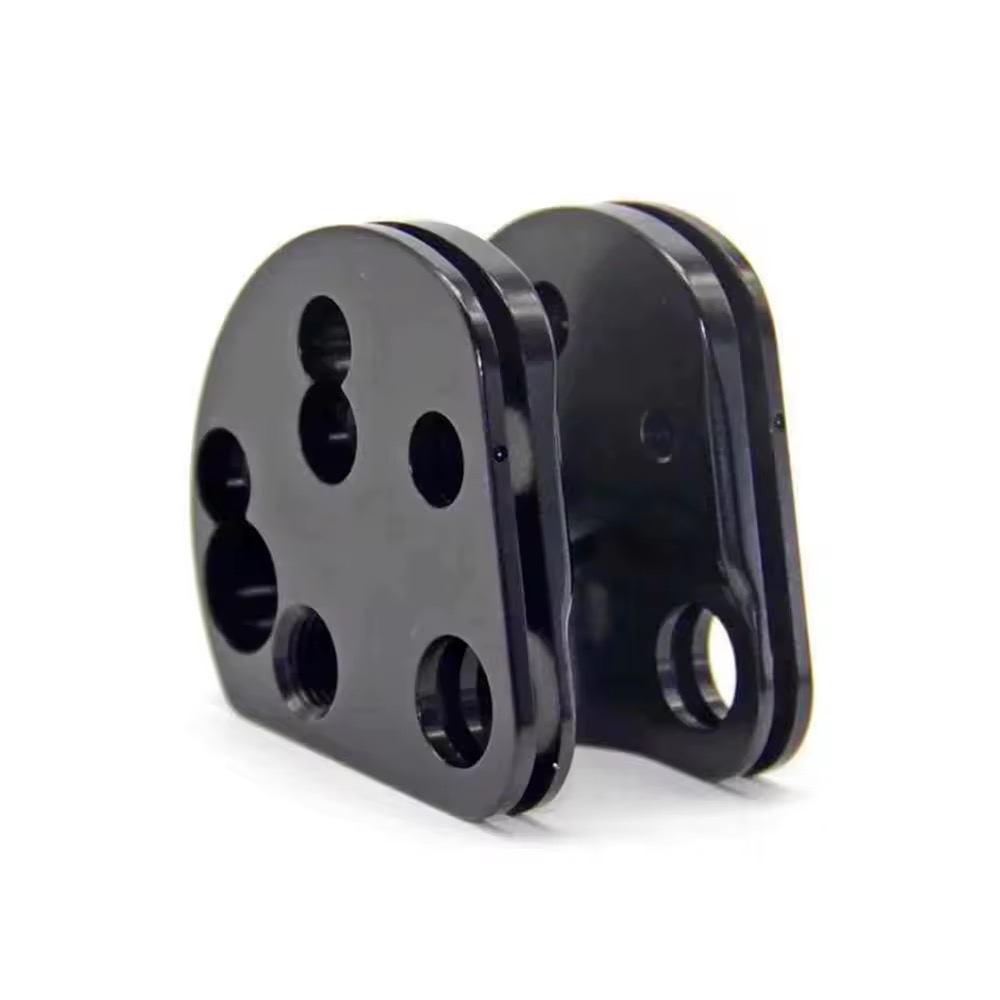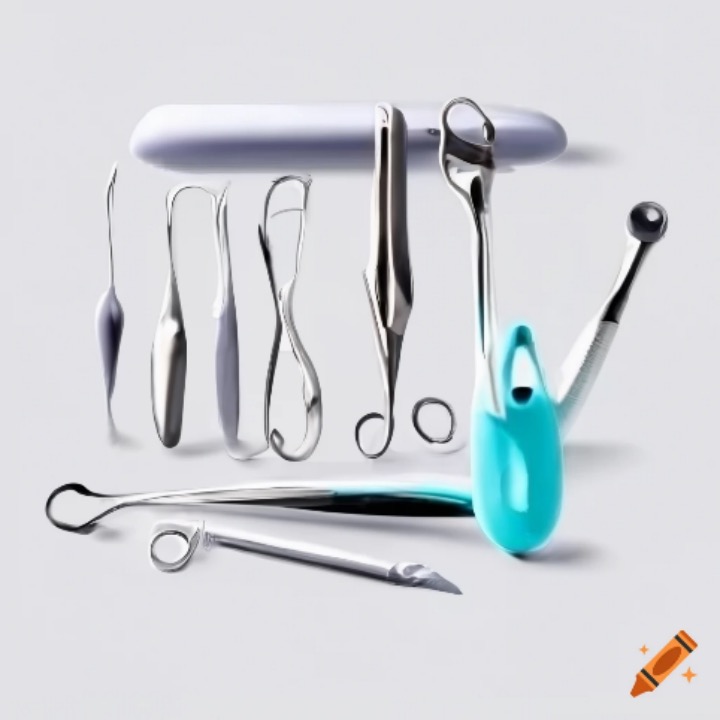Enhancing Surfaces with PVD Coating: A Modern Solution
 Feb 13,2024
Feb 13,2024

Specialized coatings are normally an essential part in industrial procedures for surface enhancement of high-performance products. They are applied for surface, tools, and equipment protection to enhance durability and performance. PVD metal finish is one of the common methods of producing thin coating of having high hardness over the surface. It improves the life of these products are improved because materials without coating are likely to be damaged prematurely. PVD coatings also improve wear resistance and corrosion resistance of materials.
Historical Development of PVD Coating
The first application of PVD coating was made in 1857 by Faraday, from the evaporation of metal wire under vacuum. The examination of this thin film deposition by optical microscopy was done in 1888 by Kuntz. At that time, this technique was limited to the physics field. This became famous in 1960s when it was applied on cutting tool surface to delay the tool wear. PVD techniques are normally worked on the principle of accumulation in which thermal evaporation and/or sputtering is used to apply coating over the surface of material.
What is PVD Coating
PVD is the deposition of atoms, molecules, or ions of a coating material over the surface of material for surface enhancement. PVD is conducted on a chamber having a controlled environment with reduced pressure of 0.1-1N/m2. The solid material is vaporized in this chamber and deposited over the target material, atom by atom by using techniques like evaporation and sputtering. This results in a very thin coating layer which is an environmentally friendly material among all the coating types.
What does PVD stand for?
PVD stands for Physical Vapor Deposition. As its name implies, it is a physical vapor deposition of coating material for surface enhancement over the target surface of solid material in the form of atom, molecules or ions.
PVD Color chart
PVD coating color varies with the materials. Common colors are shown in the chart below.
|
Materials |
Color |
Temperatures Max. |
|
ZrCN |
Blue grey |
550 |
|
TiN |
Golden |
500 |
|
TiAlN |
purple |
800 |
|
AlTiN |
Black |
900 |
|
TiAlCrN |
Matte black |
1000 |
|
TiCN |
Gray black |
400 |
|
CrN |
Silver |
700 |
Is PVD coating expensive?
Yes, it is a bit expensive. Because, it has minimum chemical disposal cost and an environmentally friendly coating. Furthermore, it has high investment and maintenance cost because of expensive equipment utilized in the process. On the same material, the cost of PVD is higher than electroplating.
Detailed Explanation of the PVD Process
In PVD plating, the solid material is coated on a substrate in a vaporize form for surface enhancement, the steps involve in the process are as:
1. Cleaning: The process starts with cleaning the dirt or contaminates on metal by using mechanical or chemical cleaning methods. This helps with proper coating adhesion over the substrate.
2. Pretreatment: like anodizing or plasma etching carried out over the substrate to improve coating adhesion. This creates a rough surface which makes the PVD plating easier to carry out.
3. Coating: then the PVD plating occurs as a thin film deposition by a heat source for thermal evaporation of coating material. This evaporated material deposit on the substrate as thin film vapor deposition.
4. Quality control: inspection is carried out after PVD plating. All the necessary actions and tests are performed to verify the coating quality.
5. Finishing: if there is additional step required like polish or buff to increase the performance or appearance of PVD metal finish coating, then these procedures are carried out in this final step.
Explains Different PVD Processes.
PVD thin film vapor deposition occurs by two different processes which are explained below:
1. Sputtering: this involves the bombardment of solid material to be coated by using high energy electrical charge. This procedure causes a “sputtering” of atom or molecule over the substrate.
2. Thermal evaporation: in this process the temperature of solid materials to be coated is elevated to the boiling point inside the vacuum. This creates a stream of vapors of solid material that is condensed on the substrates.
PVD Coating Materials
There are different types of material used for coating for surface enhancement. Most of them are explained below:
- Gold: is mostly used for jewelry to make shiny and smooth surfaces. This process is cheaper than then overall actual gold products. It also has applications in the aerospace industry.
- Graphite: this provides a dark bright PVD finish and has exceptional load bearing, high wear resistance and low friction features. This is used mostly on the products which have use in moist places like bathroom or kitchens.
- Titanium: Titanium coating is used in 3 forms as: TiN, TICN and TiAlN. Ti based PVD plating has high hardness which is close to diamond hardness. These coatings have high oxidation resistance. common applications are in cutting tools, medical tools, injection molding parts and watches.
- Zirconium: zirconium coating is mostly coated as ZrN. The hardness of zirconium is very high and has exceptionally high corrosion resistance. common applications of ZrN PVD plating are machinery.
- Aluminum: it is used separately and as a combination of materials. Al PVD plating has shiny and smooth finish and normally used in automotive sectors because of high strength and resistance. Other than that, it is mostly coated on plastics.
- SiO2: it is the most versatile coating in PVD plating for metal, plastic, alloys and all other types of materials. The desired properties are much improved by the Silicon oxide coating and brings shininess and smoothness to the product.
- Molybdenum: Mo based PVD coatings are used in NASA mostly because of having high wear and tear resistance. the lowest friction even lesser than Teflon and graphite can be achieved by this coating with the hardness of 1500-2000HV.
PVD coating on stainless steel
PVD plating can be applied to all types of stainless steel. but it gives the best results on smooth finish like bead blasted, hairline or linen. PVD steel is commonly used for architectural purposes and for decorative in wall panels or also for artistic products.
PVD coating on titanium
PVD coatings are applied to the materials that can survive temperatures of 800ᵒF and titanium coating is one of them. Titanium coating is also used on material in PVD plating as titanium nitride and titanium aluminum nitride for PVD steel, PVD semiconductors. Titanium nitride has biomedical applications because of safe use inside the human body. Titanium aluminum nitride on the carbide’s tools is best for machining of titanium. And is best for cutting tools.
PVD coating Properties
PVD plating properties are unique for surface enhancement of a material and are much higher in quality than other conventional methods.
- Has high surface hardness of greater than 1800HV
- Coating colors are stable with smooth surfaces.
- Biocompatible material which is also non-toxic and non-allergic
- Corrosion resistance and wear resistance PVD steel, PVD semiconductors are much higher than other coatings
- Scratch free, rubbing resistance is exceptional
- Highly resistance to aggressive atmospheric agent like salt or UV-rays
- High resistance for acids and alkalis solution and suitable for domestic use
What is PVD coating used for?
PVD plating for surface enhancement has many applications as . Some of them are explained:
- Aerospace industries

High durability of PVD coating is the main reason for its use in aerospace. Strong wear resistance and corrosion resistance makes it more desirable. They can withstand high temperatures and work best in extreme temperatures fluctuations in aircrafts. Another reason for their use is their lightweight and thin film vapor deposition feature which is the most demanding feature in any material for aerospace applications.
- Automotive industries

PVD plating enhances the performance of car components like for engine, pistons, camshafts to reduce the friction. High durability of PVD coating increases the wear resistance in car body parts like grill or bumper. It is also scratch free and protects the body from damage. It is applied on the metals, plastics or ceramic materials that are used in automotive industries.
- Electronic industries
PVD plating is applied for protection of electronic items like PVD semiconductors and increases their service life by increasing corrosion resistance and abrasion and wear resistance. The thermal and electrical conductivity of electronics items are improved and high durability of PVD coating offers reliability in this equipment.
- Medical industry

PVD plating in the medical field like PVD steel is highly demanding because of providing safety for human body contact with metals and protection against adverse effects. That is why it is essentially utilized in medical implants. High corrosion resistance and wear resistance along with high durability of PVD coating makes it a demanding coating type. A lightweight and thin film deposition over the substrate are also significant features for the medical field of PVD plating.
PVD products
PVD coating is applied for surface enhancement of medical tools, engine parts of cars and aerospace for turbine blades, PVD steel, PVD semiconductors and many more.
Comparison to other deposition techniques
Advantages
PVD plating has many advantages over the conventional deposition technique. And these are explained below:
Endurance and high durability of PVD coating
PVD plating is famous for having high hardness and abrasion and wear resistance. the durability because of the vacuum coating eliminates oxygen and moisture from the materials and increases its life from degradation. Thin film deposition at atomic level improves the film structure and density which allows strong adhesion for coating to substrate.
Better corrosion resistance
PVD plating provides best corrosion resistance features which is suitable for applications like in marine industries, automotive, aerospace and for outdoor applications. The scratch and corrosion resistance property of thin film deposition provide smooth finish which can maintain its color throughout the service life. Titanium coating and zirconium coating offers high wear resistance and corrosion resistance features in cutting tools like drill bit, machine tools etc.
Aesthetically appealing surface
PVD coatings offer good appearance to any material which increases the visual appeal. A bright and shiny surface reflects light which makes it preferable to any other conventional coating.
Environmentally friendly
No harmful chemical is released during the PVD plating process, this reduces the managing and disposal of toxic materials and comparatively a clean process with high durability. That is why it has most of the applications in the medical field.
Limitations
PVD metal finish also has some drawbacks. One of them is its being an expensive treatment. It has high capital cost due to costly equipment. This process is relatively slower than the other methods which makes slow production speed. It is also difficult to apply complex geometries.
Environmental and Safety Aspects
PVD metal finish is non-toxic and does not release any harmful chemicals. It is also biocompatible and has minimum hazardous waste. This aligns with sustainable and zero emissions demand in the world. This coating has been tested to the limit to meet the goal of finding other solutions that can be a substitute which is hazardous to the atmosphere and the results indicated that this has minimal non-toxic waste and a pollution free method.
However, some PVD plating methods may involve toxic and hazardous material waste due to incompetent labor and poor handling of equipment which can cause inflammation, irritation, and allergies of different kinds.
Conclusion
PVD metal finish applied by thin film deposition method increases the corrosion resistance and wear resistance of a material. Titanium coating and zirconium coating are mostly used for surface enhancement of a material. thermal evaporation and sputtering are the two methods of PVD vacuum coating. It is mostly used as an aerospace coating method. TOUFA CNC machining offer top-notch PVD coating services at affordable rates. TUOFA has years of experience in coating services, rapid prototyping and in manufacturing services. Customer satisfaction is our top priority. Contact us for more information about our services.
FAQ
How long does PVD coating last?
PVD metal finish, if done properly, can endure high temperatures and pressure and can last for a long time. In normal cases, PVD plating has a lifespan of more than 10years.
Gold Plating vs PVD Coating
PVD, as titanium coating, has high durability and it has much higher corrosion and wear resistance than gold plating. PVD has a longer lifespan than gold coating.
PVD vs CVD coating
PVD is vacuum coating process for surface enhancement and particles are deposited in evaporated state or solid material is evaporated as atomic form for deposition. In CVD, the coating material is entered into a coating chamber in the form of gas and vapor to be deposited on the substrate.
DLC vs PVD coating
DLC has higher hardness than PVD metal finish. Diamond like carbon coating has high scratch and abrasion resistance and has higher Vickers hardness level than PVD coatings.
 Tel/WeChat:
Tel/WeChat:  Email:
Email: 
 Home
Home
 Alodine vs Anodize, A Comprehensive Comparison
Alodine vs Anodize, A Comprehensive Comparison 







